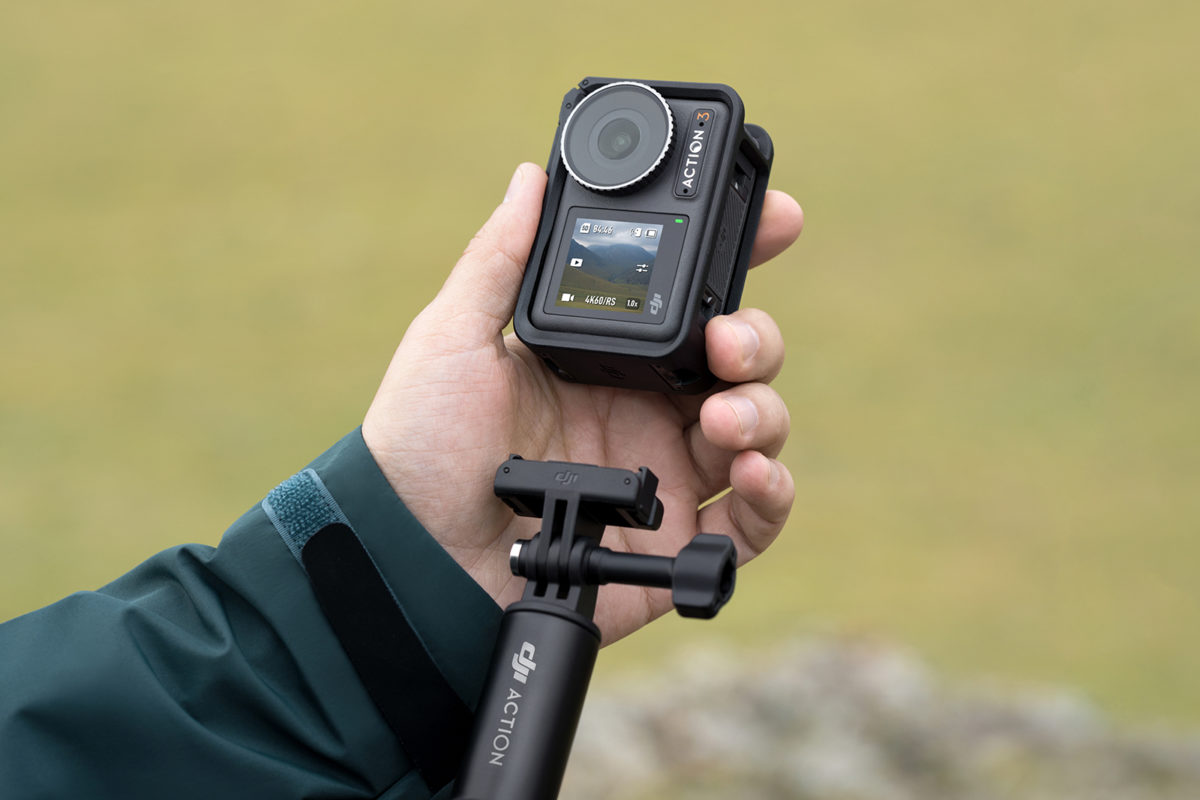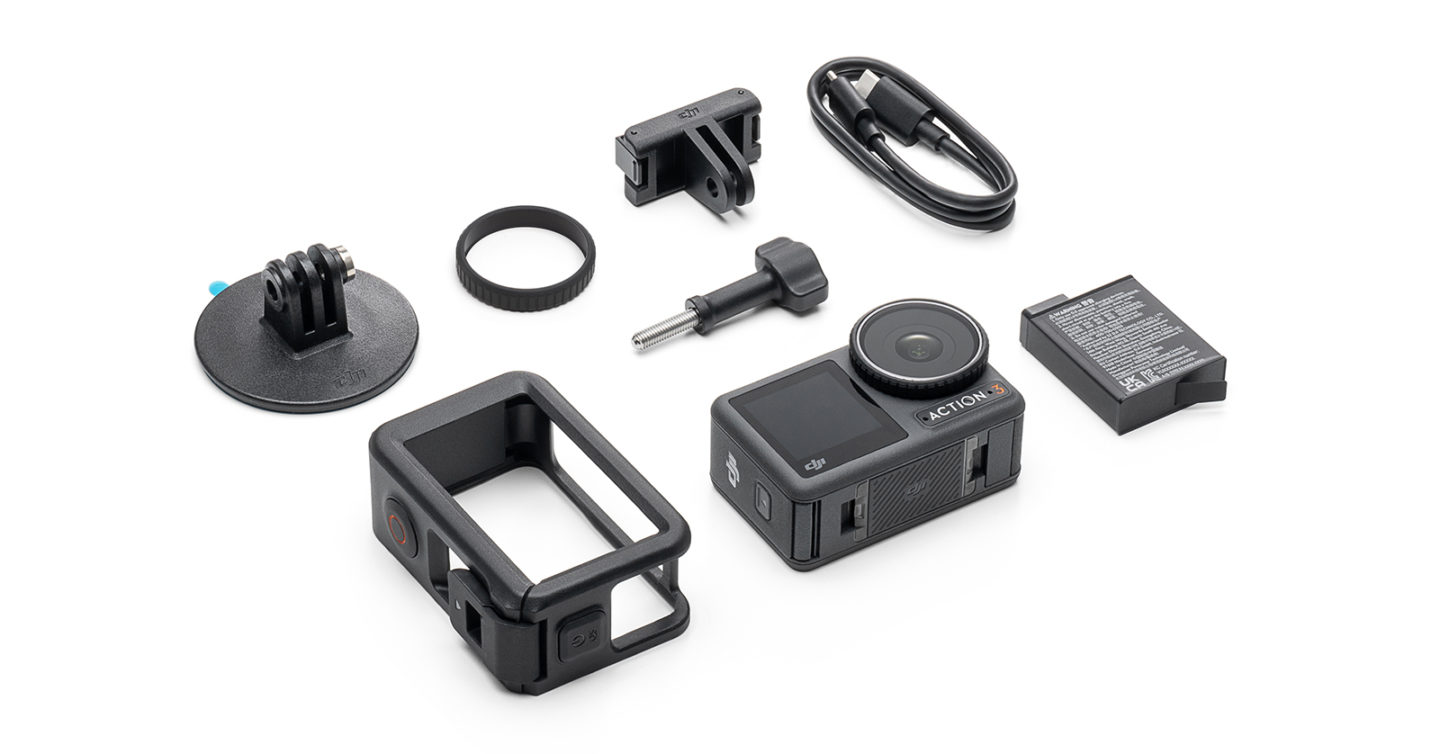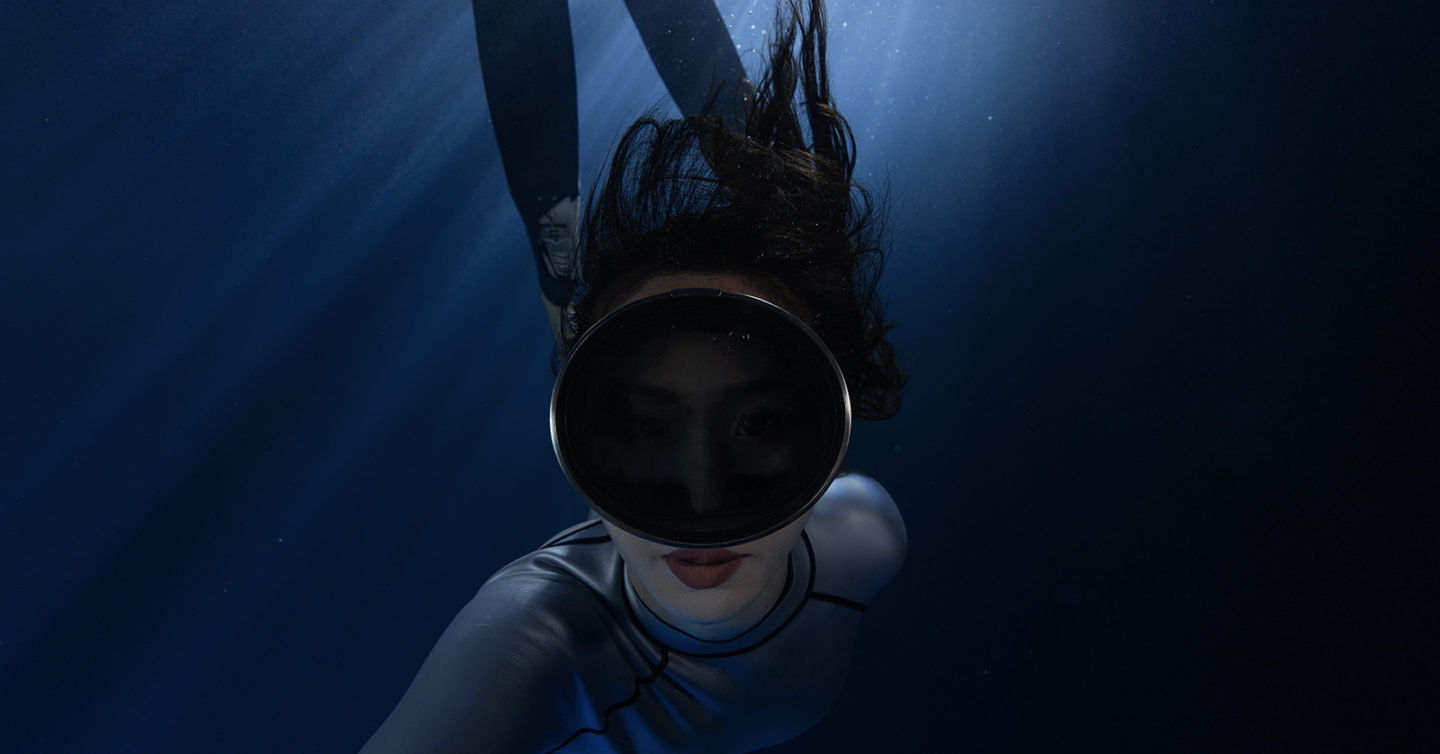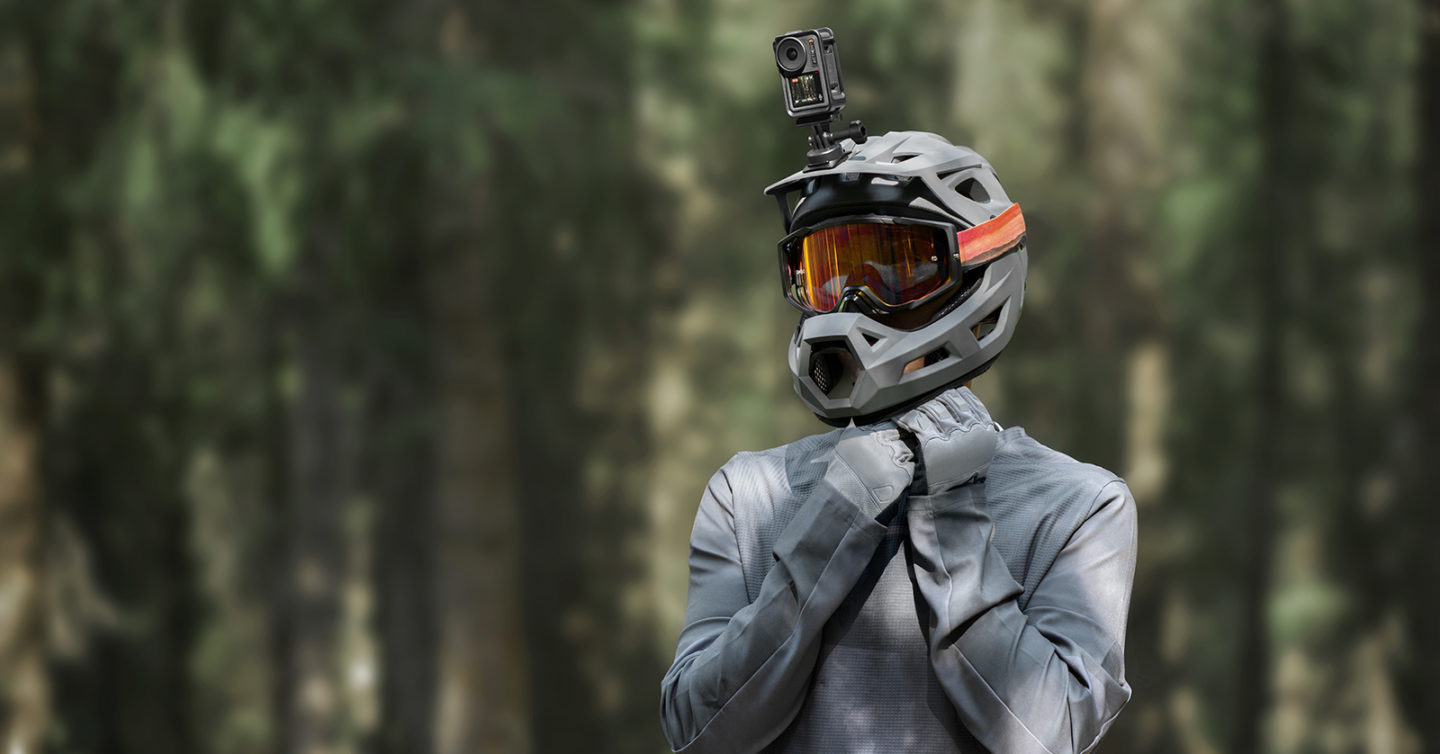The Osmo Action was the first action camera to incorporate a touch screen in the front of the camera (as well as the back) and the functionality of this has been refined and even my clunky fingers could swipe and hit the right button pretty much every time, even bumping around on the back of a jet ski. For the main screen on the back, access to the ‘everyday’ features are easy and intuitive and you can enter the Pro mode to tweak everything else. You can of course also do everything via the DJI Mimo app which has a clean interface and works perfectly. If you are buddied up with someone and trying to nail that shot then it adds a whole new dimension to your creative options.
In terms of what is on the inside, the Osmo Action offers up to 120 frames per second at 4K and 240 in 1080p. This is plenty enough resolution for 95% of users and certainly for the target market of the Osmo Action. At 120fps you can of course get some silky smooth slo-mo and capture those top-turns, wingfoil transitions, or tweaked out grabs in all their slowed down, tweaked out finesse. For photos the Osmo Action shoots at 12mp which is fine for most uses, but for higher-end creative options and for the fact that you often need to crop a lot out of shots with these wider angle cameras, it would be good to see this improved for V4 of the camera…
DJI’s image stabilization is coined as RockSteady and the Osmo Action is sporting RockSteady 3.0. We have stopped being so amazed by the quality of image stabilization but if you take a step back and look at the 4k footage you’ve locked in while rolling around on the back of a jet ski on a choppy, windy day, it really is pretty insane. Horizon Steady also keeps things perfectly aligned and can now be set to keep things straight even through a full 360-degree rotation.
We tested the Osmo Action 3 over the course of three months through a Portuguese winter whilst trying to master the dark art of tow-foiling using a jet ski which is a wobbly and at times sketchy affair. We used the Osmo Action generally while also driving the ski, so were very much in ‘press the button and let it roll’ mode. Having spent some time tweaking the settings, the camera became intuitive and easy to use. As you generally begin shooting backward, the front camera enables you to frame the rider, then you can swing the camera around when they have released the tow rope.
The whole winter has been a learning experience, but the DJI Osmo Action 3 proved itself a truly worthy companion and certainly ticked all of the boxes for our requirements – I certainly won’t be looking at any alternatives for the time being.



-1440x754.png)
-1440x754.png)
-1440x754.png)















